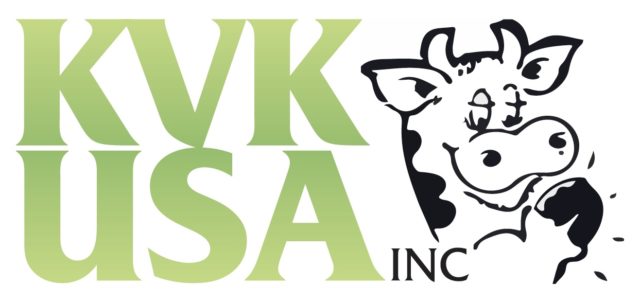While taking my occasional turn feeding our 4-month-old son at odd hours of the night, I catch up on reading articles and news on my smartphone. I’ve subscribed to several RSS news feeds, and with the aid of an app, I can read and share them with others from one application. (I’m a fan of the iPhone’s Reeder app – .99¢ on iTunes.)
In an upcoming issue, we will be inserting a printed survey asking you about your smartphone use and preferences for consuming dairy news and information. I’m curious to know if you subscribe to and read RSS news feeds on your smartphone too.
It’s probably No. 5 on the list of questions I’m most curious to hear from you about. I think the other questions above it on the list will make you even more curious to participate in the survey and see its results. For many of the questions we ask, I imagine you’ll want to know what other dairymen are thinking as well.
In exchange for your thoughts and comments, we’ll make the survey results individually available to you. Watch for the survey to be inserted in your magazine soon.
Please do keep your e-mail and voicemail comments coming. I’ve had more of them recently as I’ve unabashedly shared some comments about unions, immigration and supply management. Everyone, it seems, is willing to share their opinion about these topics.
By now you may have had a chance to read about the Dairy Industry Advisory Committee’s final report. Did you read a paper copy or a digital one? I requested a paper copy because I intend to make lots of notes in it.
After reading over the report’s 23 recommendations, I requested to interview the leaders of the committee to find out what it was like to be included in the 17-member group. Their behind-the-scenes commentary is interesting. Click here to read more.
Now back to my discussion about RSS feeds.
Earlier this year I got plugged into the news feed for a global dairy market analysis blog written by contributors from Oceania. One of the blog’s contributors contacted me and told me about it. He said the blog tracks “global dairy industry news, information, analysis and commentary with an Oceanic bent.”
I didn’t imagine that reading about milk production from an Oceanic perspective would be a firsthand source of information. I was wrong.
If you read the blog, you’ll notice that it doesn’t just report milk production numbers – it tries to get behind them to see the trends in U.S. milk production. It makes sense why Oceania would be trying to do it; it’s how they play defense against us.
One particular post that hypothesizes what variables turn milk production on and off in the U.S. was particularly interesting to me. I asked the author of the post, Dr. Jon Hauser, to reprint it in its entirety, which he permitted. Click here to read about his “bang-bang theory” for milk production triggers.
He indicates that a margin over feed cost of $6 or less turns down milk production, while margins that approach $10 ramp up milk production. He’s done his homework and provided recent data to back up the theory.
What’s interesting to me about this third-party, global view of U.S. milk production triggers is that it aligns with the proposed trigger mechanism and margin level of the proposed Dairy Market Stabilization Program. That program uses the margin between milk price and feed cost as the measure of when to kick in temporary supply management.
Under NMPF’s current proposal, DMSP would be activated anytime a $6 or lower margin is sustained for two consecutive months. Is that $6 milk price over feed margin the magic number?
The Dairy Industry Advisory Committee recommended using it as a measure to “provide an impartial overview of the general level of profitability at the farm level.” I think we all will be hearing more about this margin in the future.
Spend a bit of time to learn more about this margin and begin keeping tabs on what it is on your dairy. PD

-
Walt Cooley
- Editor-in-chief
- Progressive Dairyman
- Email Walt Cooley









